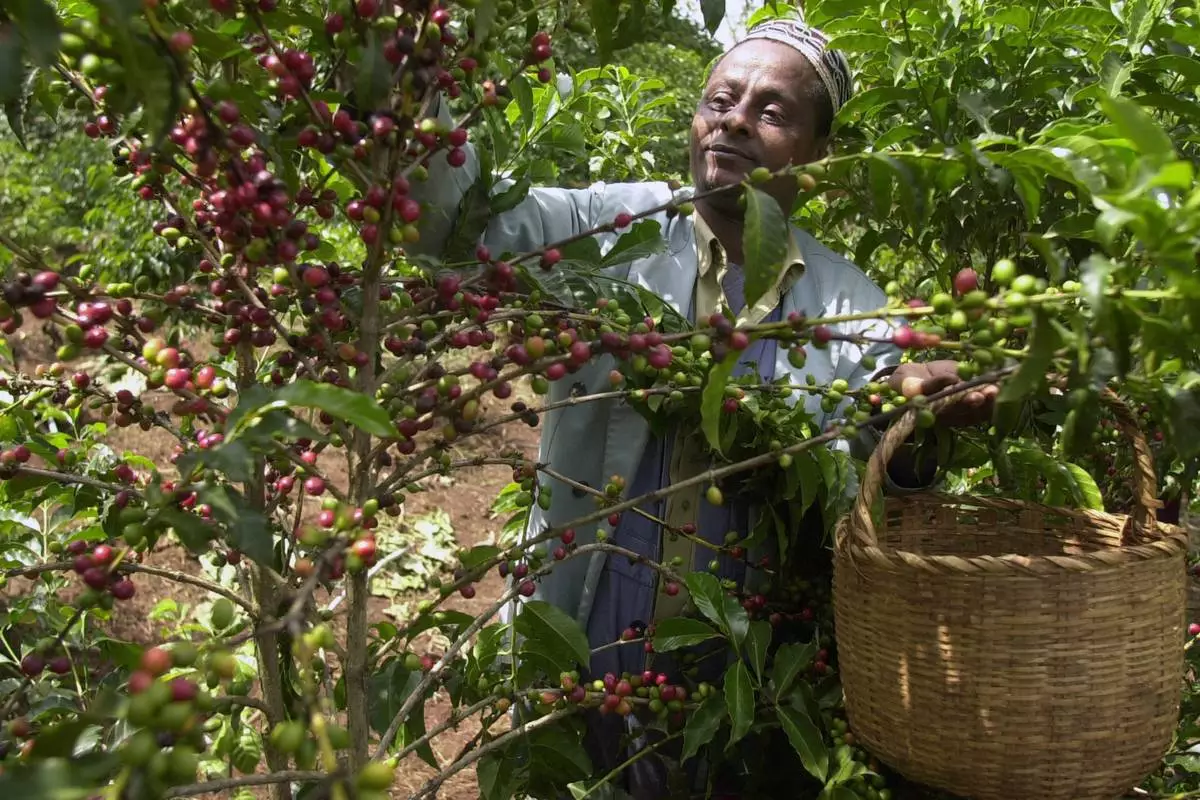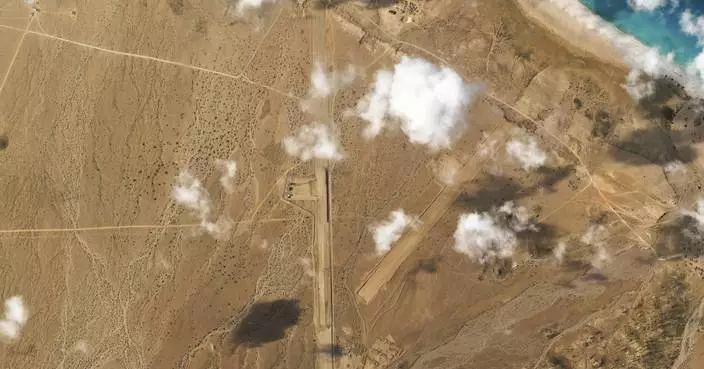A dozen humanitarian organizations in war-torn southern Yemen suspended their operations following a string of targeted attacks, the U.N. said, while the country's rebel-led health ministry announced on Tuesday that severe outbreaks of swine flu and dengue fever have killed close to 200 people since October.
The suspension of aid work came after unknown assailants fired rocket-propelled grenades at three aid organizations in the southwestern province of Dhale over the weekend, according to the U.N. Humanitarian Office in Yemen, wounding a security guard and damaging several office buildings.
The bombings signaled “an alarming escalation in the risks faced by humanitarian workers” and halted the provision of badly needed aid to 217,000 residents, the U.N. statement said.

Members of the International Committee of the Red Cross (ICRC) arrive at Sanaa Airport to receive Houthi prisoners after being released by the Saudi-led coalition, Yemen, Thursday, Nov. 28, 2019. The International Committee of the Red Cross says over a hundred rebel prisoners released by the Saudi-led coalition have returned to Houthi-controlled territory in Yemen, a step toward a long-anticipated prisoner swap between the warring parties. (AP PhotoHani Mohammed)
Yemeni officials blamed Islamic extremist groups, noting that al-Qaida's branch in Yemen has previously attacked aid organizations around Dhale and routinely incites violence against foreign-funded humanitarian programs, accusing them of anti-Islamic activity. The officials spoke on condition of anonymity under regulations.
The U.N. humanitarian chief Mark Lowcock condemned “the continuation of media campaigns in parts of Yemen that spread rumors and incitement against aid operations,” compelling them to cut back on crucial work.
The International Rescue Committee, a New York-based nonprofit, reported that grenades exploded in its office and women’s center on Sunday night and expressed “extreme concern” for the safety of its local staff. It said the group would restart programs “as soon as it is deemed safe for our staff to return to work.”
Militants also struck the Dhale office of Oxfam, one of Britain's largest charities.
“Aid workers should not be a target," said Muhsin Siddiquey, Oxfam’s director in Yemen.
Yemen, the Arab world’s poorest country, has been convulsed by civil war since 2014, when Houthi rebels captured the capital, Sanaa, along with much of the country’s north, driving out the internationally-recognized government. Months later, a Saudi-led coalition intervened to fight the Iran-backed Houthis and restore the government.
In the country’s north, the Houthi-run health ministry declared Tuesday that a bout of fast-spreading swine flu had killed 94 people in October alone. Thousands of reported cases have overwhelmed health care facilities already crippled by constant violence, said Mohammed al-Mansour, a senior Houthi health official, warning the death toll would likely rise.
A new outbreak of dengue fever has also swept across the country, killing 68 people, including 16 children under five, so far this month, he added. The painful disease has re-emerged due to the deterioration of Yemen's health and sanitation systems.
Fighting in Yemen has killed over 100,000 people and set off the world's worst humanitarian crisis, leaving millions suffering from food and medical care shortages and pushing the country to the brink of famine.
That coffee you slurped this morning? It’s 600,000 years old.
Using genes from coffee plants around the world, researchers built a family tree for the world's most popular type of coffee, known to scientists as Coffea arabica and to coffee lovers simply as “arabica.”
The researchers, hoping to learn more about the plants to better protect them from pests and climate change, found that the species emerged around 600,000 years ago through natural crossbreeding of two other coffee species.
“In other words, prior to any intervention from man,” said Victor Albert, a biologist at the University at Buffalo who co-led the study.
These wild coffee plants originated in Ethiopia but are thought to have been first roasted and brewed primarily in Yemen starting in the 1400s. In the 1600s, Indian monk Baba Budan is fabled to have smuggled seven raw coffee beans back to his homeland from Yemen, laying the foundation for coffee’s global takeover.
Arabica coffee, prized for its smooth and relatively sweet flavor, now makes up 60% - 70% of the global coffee market and is brewed by brands such as Starbucks, Tim Horton's and Dunkin'. The rest is robusta, a stronger and more bitter coffee made from one of arabica's parents, Coffea canephora.
To piece together arabica coffee’s past, researchers studied genomes of C. canephora, another parent called Coffea eugenioides, and more than 30 different arabica plants, including a sample from the 1700s — courtesy of the Natural History Museum in London — that Swedish naturalist Carl Linnaeus used to name the plant.
The study was published Monday in the journal Nature Genetics. Researchers from Nestlé, which owns several coffee brands, contributed to the study.
The arabica plant’s population fluctuated over thousands of years before humans began cultivating it, flourishing during warm, wet periods and suffering through dry ones. These lean times created so-called population bottlenecks, when only a small number of genetically similar plants survived.
Today, that renders arabica coffee plants more vulnerable to diseases like coffee leaf rust, which cause billions of dollars in losses every year. The researchers explored the makeup of one arabica variety that is resistant to coffee leaf rust, highlighting sections of its genetic code that could help protect the plant.
The study clarifies how arabica came to be and spotlights clues that could help safeguard the crop, said Fabian Echeverria, an adviser for the Center for Coffee Research and Education at Texas A&M University who was not involved with the research.
Exploring arabica’s past and present could yield insight into keeping coffee plants healthy – and coffee cups full – for future early mornings.
The Associated Press Health and Science Department receives support from the Howard Hughes Medical Institute’s Science and Educational Media Group. The AP is solely responsible for all content.

FILE - Mohammed Fita picks coffee beans on his farm Choche, near Jimma, 375 kilometers (234 miles) southwest of Addis Ababa, Ethiopia, on Saturday, Sept. 21 2002. Wild coffee plants originated in Ethiopia but are thought to have been primarily roasted and brewed in Yemen starting in the 1400s. (AP Photo/Sayyid Azim, File)

FILE - Arabica coffee beans harvested the previous year are stored at a coffee plantation in Ciudad Vieja, Guatemala, on May 22, 2014. In a study published in the journal Nature Genetics on Monday, April 15, 2024, researchers estimate that Coffea arabica came to be from natural crossbreeding of two other coffee species over 600,000 years ago. (AP Photo/Moises Castillo, File)






